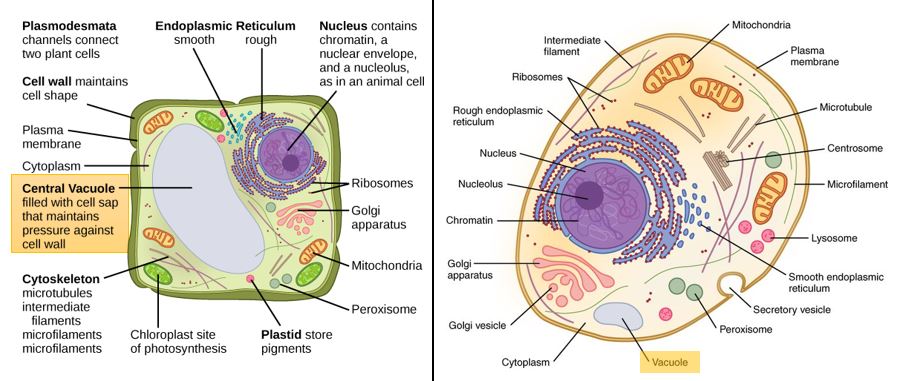The intricate systems of living organisms rely on efficient storage mechanisms for essential substances. Among these, the processes by which food water and wastes are stored inside play a crucial role in maintaining homeostasis. This article explores the various ways in which food water and wastes are stored inside living beings, shedding light on the biological significance of these processes.
The Importance of Food Storage
Food serves as the primary energy source for all living organisms. When we talk about how food water and wastes are stored inside, it is essential to understand the role of food storage mechanisms in organisms. In humans and many animals, excess food is converted into glycogen and fat, allowing for energy reserves that can be utilized when necessary. This storage ensures that energy is available during times of scarcity, illustrating the importance of how food water and wastes are stored inside living systems.
Water Storage Mechanisms
Water is another critical component that needs to be stored effectively. Many organisms have developed specialized structures to store water, especially in arid environments. For example, camels have fat stores in their humps, which can be metabolized into water. This adaptation highlights how food water and wastes are stored inside in a manner that maximizes survival in challenging conditions. Plants also demonstrate remarkable water storage strategies through their root systems and specialized cells, showcasing how food water and wastes are stored inside their structures.
Waste Management and Storage
Wastes produced from metabolic processes must be managed to prevent toxicity. This aspect of biology also relates to how food water and wastes are stored inside In humans, for instance, waste products are filtered by the kidneys and stored in the bladder until they can be expelled. This system showcases the efficiency of waste storage and highlights the necessity of maintaining balance among food water and wastes are stored inside the body.
Cellular Storage Structures
At the cellular level, food water and wastes are stored inside organelles that serve specific functions. In plant cells, for example, vacuoles are crucial for storing nutrients, water, and waste products. These vacuoles not only hold essential substances but also contribute to maintaining cell turgor, which is vital for structural integrity. This illustrates the complexity of how food water and wastes are stored inside cells, ensuring that all necessary components are available for metabolic processes.
The Role of the Digestive System
The digestive system plays a vital role in how food water and wastes are stored inside the body. After consumption, food undergoes a series of processes to extract nutrients. The stomach and intestines are specialized for breaking down food and absorbing water, ensuring that the body retains essential elements. Any undigested material and waste products are then stored for elimination, underscoring the significance of this system in managing how food water and wastes are stored inside
Adaptations in Various Organisms
Different organisms have evolved unique adaptations for storing food, water, and wastes. For instance, desert-dwelling animals have adapted to minimize water loss and efficiently store any available water. In contrast, aquatic animals have mechanisms for managing and storing food in fluctuating environments. These adaptations demonstrate the diverse ways in which food water and wastes are stored inside different species, reflecting their ecological niches.
The Human Body’s Storage Systems
In the human body, the liver plays a critical role in how food water and wastes are stored inside It converts excess glucose into glycogen and regulates the levels of various nutrients. Additionally, the kidneys filter blood, managing both the storage and elimination of waste products. This complex interaction highlights the importance of internal storage systems in maintaining overall health and function, showcasing how food water and wastes are stored inside to ensure balance.
The Impact of Diet on Storage
Diet significantly influences how food water and wastes are stored inside an organism. A balanced diet ensures that the body has adequate nutrients for energy storage and metabolic processes. Conversely, a diet high in processed foods can lead to inefficient storage and health issues. Understanding the relationship between diet and storage mechanisms can help individuals make better nutritional choices, emphasizing the importance of how food water and wastes are stored inside
Water Conservation Strategies
Water conservation is crucial for many organisms, especially in dry climates. The methods of how food water and wastes are stored inside can vary widely, from the thick skin of reptiles that minimizes water loss to the behaviors of certain mammals that limit activity during the hottest parts of the day. These adaptations highlight the evolutionary significance of efficient water storage and management, illustrating how food water and wastes are stored inside to enhance survival.
The Future of Food, Water, and Waste Management
As global populations grow, the challenges of managing how food water and wastes are stored inside will become increasingly important. Innovations in agricultural practices and waste management systems are necessary to ensure sustainability. Understanding biological storage mechanisms can inspire new technologies that mimic natural processes, contributing to more effective resource management and enhancing how food water and wastes are stored inside.
Ecosystem Interactions
The way in which food, water, and wastes are stored inside organisms also affects ecosystem dynamics. For instance, decomposers play a vital role in breaking down organic matter, returning nutrients back to the soil. This process showcases how food, water, and wastes are stored inside the bodies of organisms, which ultimately contributes to soil fertility and plant growth. Thus, understanding these interactions can provide insights into ecosystem health and sustainability.
Technological Innovations in Storage
Advancements in technology are helping us mimic how food, water, and wastes are stored inside natural systems. For example, researchers are developing smart agricultural practices that optimize water use and enhance nutrient storage in crops. These innovations not only improve crop yields but also address the challenges posed by climate change. By learning from nature, we can create systems that effectively manage how food, water, and wastes are stored inside, promoting sustainability in food production.
Health Implications of Storage Mechanisms
The mechanisms by which food, water, and wastes are stored inside can have significant health implications for humans. Disorders related to metabolism often stem from inefficient storage and management of these substances. For instance, diabetes involves issues with how the body stores and utilizes glucose. Understanding the biology behind how food, water, and wastes are stored inside can lead to better therapeutic strategies and improved health outcomes, highlighting the importance of this knowledge in medical science.
Climate Change and Storage Challenges
As climate change progresses, the ways in which food, water, and wastes are stored inside organisms are increasingly challenged. Altered rainfall patterns and rising temperatures can affect water availability and food production. For example, plants may struggle to store enough water during prolonged droughts, impacting their growth and nutrient storage. Understanding these impacts is crucial for developing adaptive strategies to ensure that ecosystems can continue to function effectively in the face of climate change.
Education and Awareness
Promoting education about how food, water, and wastes are stored inside can empower individuals to make more informed decisions about their consumption and waste management practices. By understanding the biological processes involved, people can adopt more sustainable habits, such as reducing food waste and conserving water. Educational initiatives can foster a deeper appreciation for the interconnectedness of these elements in our lives, emphasizing the vital role they play in maintaining a healthy planet.
Conclusion
The mechanisms by which food water and wastes are stored inside organisms are fundamental to life. From cellular structures to complex systems in the human body, the efficient management of these substances is essential for survival. As we continue to explore and understand these processes, we can develop better strategies for resource management in a rapidly changing world. Ultimately, recognizing the significance of how food water and wastes are stored inside will play a vital role in promoting health, sustainability, and ecological balance. Understanding how food water and wastes are stored inside helps us appreciate the complexity and necessity of these biological processes.


